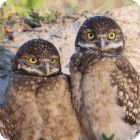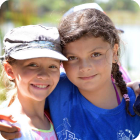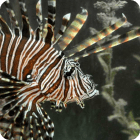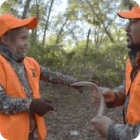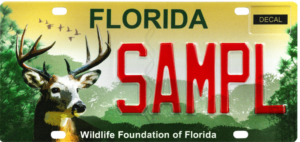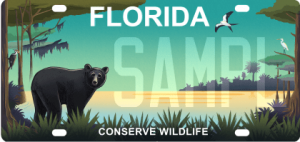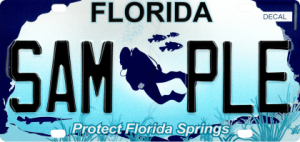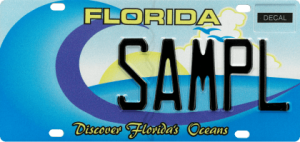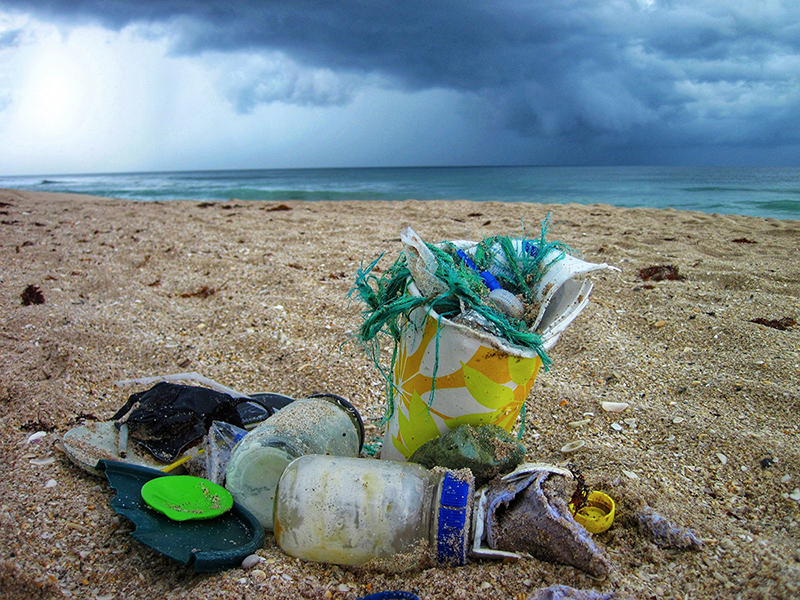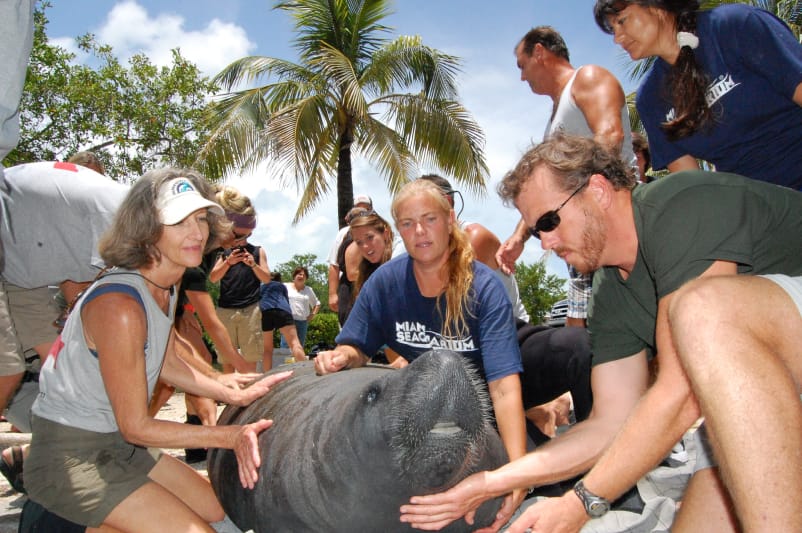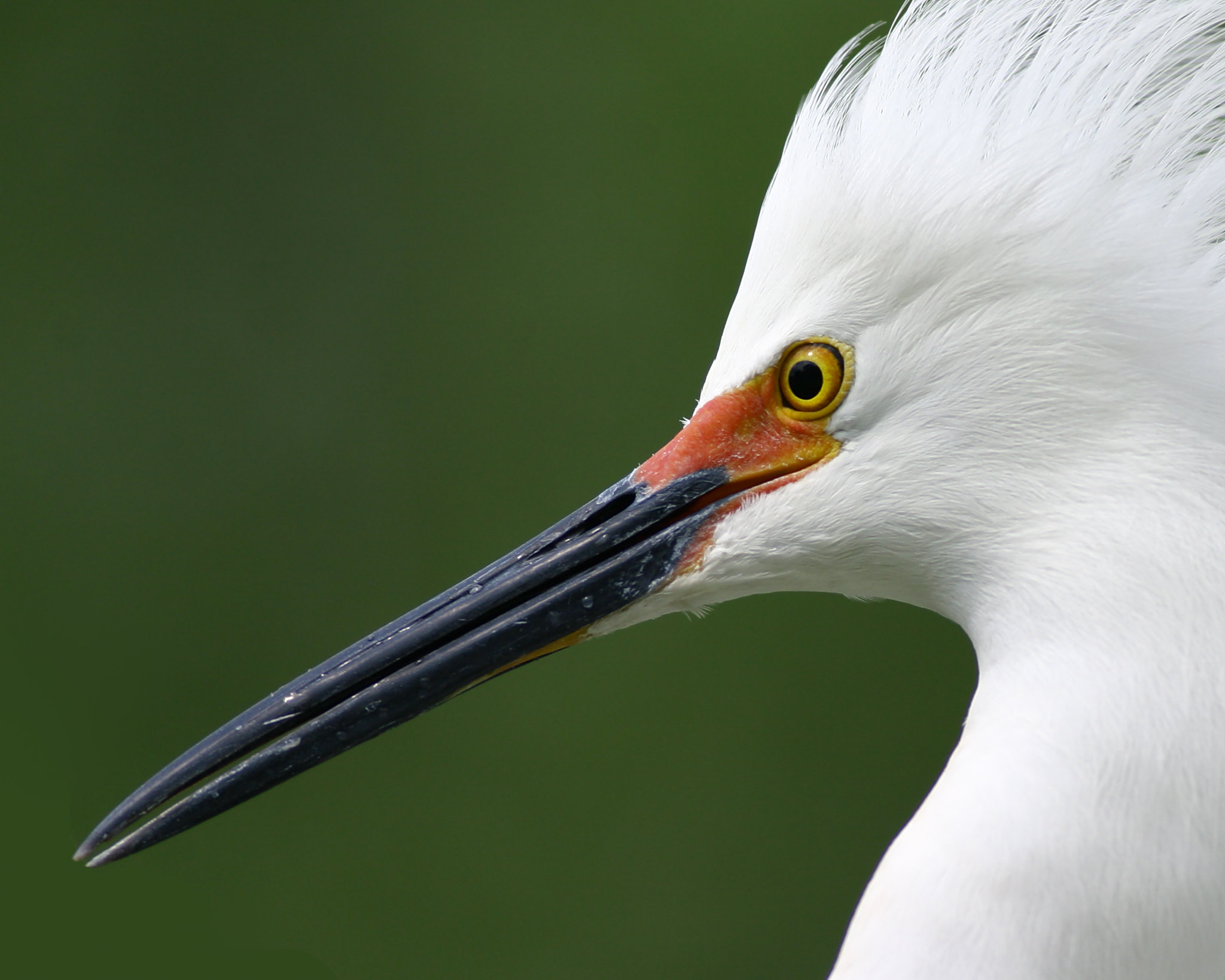
This Earth Day, we want to share some updates that give us hope for the future of wild Florida for generations to come.
Florida’s Coral Reef
Florida’s Coral Reef is not just a treasure for our state, it’s the only living coral reef system in North America. Its 360 miles act as a protective barrier for the Florida coastline while housing a quarter of marine life. Coral reefs are imperative for raising juvenile fish species that inhabit waters across the Caribbean.
In response to stony coral tissue loss disease (SCTLD), which has ravaged the reef, we joined with SeaWorld, Disney Conservation, and the Association of Zoos and Aquariums to create the largest facility of its kind. This Noah’s Ark provides a safe, stable environment for coral to receive world-class care. The Orlando-based Florida Coral Rescue Center houses corals rescued from the Keys ahead of the spread of SCTLD in order to preserve their genetic diversity and propagate them for future planting back on the reef. The corals at the center are thriving, including the rough cactus coral propagating for the first time in human care. This exciting work will secure the future of one of the most invaluable ecosystems on the planet.
Indian River Lagoon
Considered one of the most biologically diverse estuaries in North America, the Indian River Lagoon has been called “the cradle of the ocean” as it serves as a spawning and nursery ground for hundreds of species. To date, our Foundation has raised almost two million dollars for eelgrass restoration in the lagoon.
“Eelgrasses are the lungs of the lagoon,” said our Board chairman Carlos Alfonso. “Two-and-a-half acres of eelgrass can support as many as 100,000 fish and 100 million invertebrates, in addition to providing manatees with a crucial food source.”
The lagoon is in an ecological crisis due to pollution run-off and subsequent algae blooms. Without it, 2,200 animal species and 2,100 plant species will suffer. We are excited for our first eelgrass to be planted in the Loxahatchee River next week, the first of seven sites in lagoon tributaries identified because their water quality will support the plants’ growth. These restoration projects will improve water quality and food sources for generations to come.
In the face of climate change, Florida’s incredible wildlife and delicate ecosystems are predicted to be significantly impacted. Continued sea-level rise, increased flooding, and other extreme weather events are around the corner. Countless species will lose important habitat, including the Florida Key deer, elkhorn coral, and diamondback terrapin, thanks to climate change.
Earth Day is the perfect time to make a plan for you, your loved ones, and wild Florida for generations to come. Estate planning can be sensitive or overwhelming to think about, but creating a will is a simple, lasting way to protect the landscapes, wildlife, and people you love far into the future. We’ve partnered with FreeWill to make creating a will quick, easy, and free. Help us leave a wild legacy for future Floridians.
